Interesting Facts About the Solar System
- The definition of a planet and a moon is fuzzy. ...
- Comets and asteroids are leftovers. ...
- The planets are all on the same “plane” and orbit in the same direction. ...
- We're nowhere near the center of the galaxy. ...
- But the Solar System is bigger than you think. ...
- The Sun is hugely massive. ...
- We haven't finished searching for life here.
- Space Facts
- Space is completely silent.
- The hottest planet in our solar system is 450° C. ...
- There may be life on Mars. ...
- Nobody knows how many stars are in space. ...
- Halleys Comet won't orbit past Earth again until 2061. ...
- A full NASA space suit costs $12,000,000. ...
- Neutron stars can spin 600 times per second.
SOLAR SYSTEM PROFILE
| Age: | 4.6 Billion Years |
| Number of Planets: | 8 |
| Number of Dwarf Planets: | 5 |
| Number of Moons: | 181 |
| Number of Asteroids: | 552,894 |
| Number of Comets: | 3,083 |
| Diameter: | 18.75 trillion kilometers (11.65 trillion miles) |
There are many different types of objects found in the solar system: a star, planets, moons, dwarf planets, comets, asteroids, gas, and dust. In terms of the numbers of each of these objects, our current knowledge is as follows:
- 1 star (The Sun)
- 8 planets (Mercury, Venus, Earth, Mars, Jupiter, Saturn, Uranus, and Neptune)
- 5 dwarf planets (Pluto, Ceres, Haumea, Makemake, and Eris)
- 181 moons
- 566,000 asteroids
- 3,100 comets
In terms of mass, the Sun comprises over 99.8% of the Solar System, with the planet Jupiter accounting for most of the remaining mass.
THE SIZE OF THE SOLAR SYSTEM
Though it is common for most people to believe that the edge of the Solar System is that of Pluto’s orbit, this is far from the truth.
Over the course of the the 20th century scientists not only hypothesized the size of the Solar System extends to almost 2 light years – that’s 125,000 times the distance from the Sun to the Earth – but also that there are many objects beyond Pluto.
Scientist now believe that there are two major regions beyond Pluto. The first is
the Kuiper Belt, a region of asteroids similar to the asteroid belt between Mars and Jupiter, and the Oort Cloud, a spherical region that contains numerous comets.
the Kuiper Belt, a region of asteroids similar to the asteroid belt between Mars and Jupiter, and the Oort Cloud, a spherical region that contains numerous comets.
Visit the planets or dwarf planets pages for more information or browse the various objects of the solar system by clicking the images below.
THE FORMATION OF THE SOLAR SYSTEM
Although there is some debate as to the Solar System’s formation, the following outline is currently the best known explanation of how the Solar System developed.
- Approximately 4.6 billion years ago a large cloud of gas and dust was disturbed by some force. (Scientists have theorized that this force was a nearby supernova.)
- As a result of this disturbance and the energy introduced to the cloud, the cloud began to move.
- Once the movement began, the cloud started to collapse in on itself due to its own gravity.
- During the process of collapsing, the cloud began to rotate and heat up.
- As the cloud continued to collapse, the cloud’s temperature continued to rise and its rotation became faster and faster. As a result, the cloud eventually began to flatten out into a disk shape with most of the mass located at its center.
- At some point the pressure and temperature became so great at the cloud’s center that nuclear fusion began to take place. It was then that the Sun was born.
- After the Sun was born, the gases and dust further out from the disk’s center began to cool and condense into tiny particles.
- As more and more particles formed they began to collide with one another and stick together, thus creating particles as large as rocks and boulders.
- Like the smaller particles that collided, the boulder-sized particles began to impact and join together. These larger bodies are known as planetisimals.
- Eventually, enough planetisimals joined together to form planetary embryos. However, unlike the small particles, boulders, and planetisimals, planetary embryos were massive enough to exert significant gravitational force on surrounding objects. Hence, instead of random collisions between objects, planetary embryos pulled objects in the surrounding area to itself.
- Once all of the material in the area of each planetary embryo was pulled in, the planets were born.
- All other significant material in the solar system that did not join to form the Sun or the planets condensed to form the moons, asteroids, or comets.
- Over time, the orbits of the planets and other bodies stabilized into the solar system that we know today.
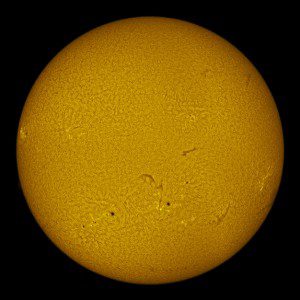
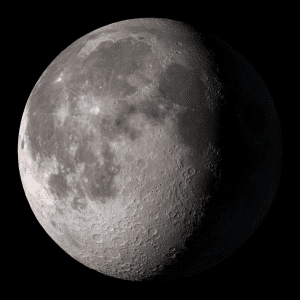
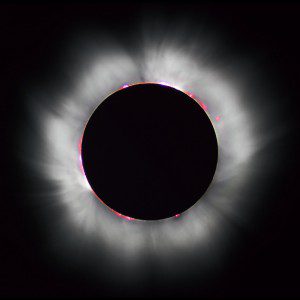
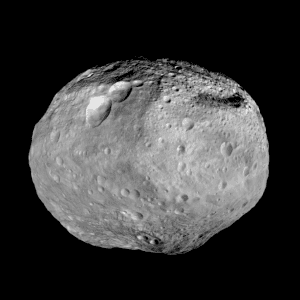
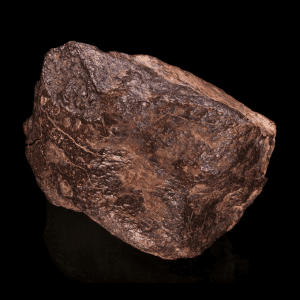
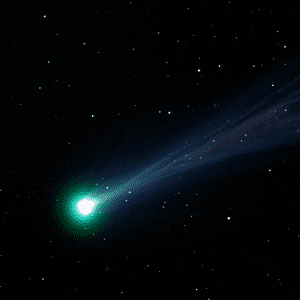
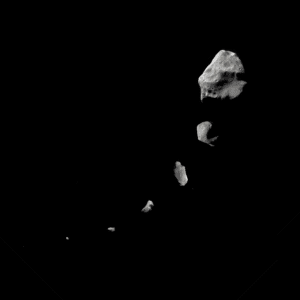
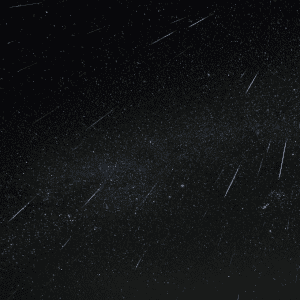
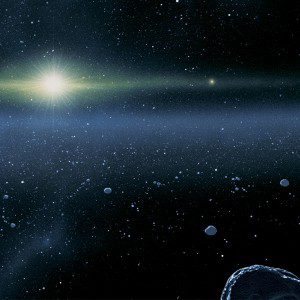
No comments:
Post a Comment